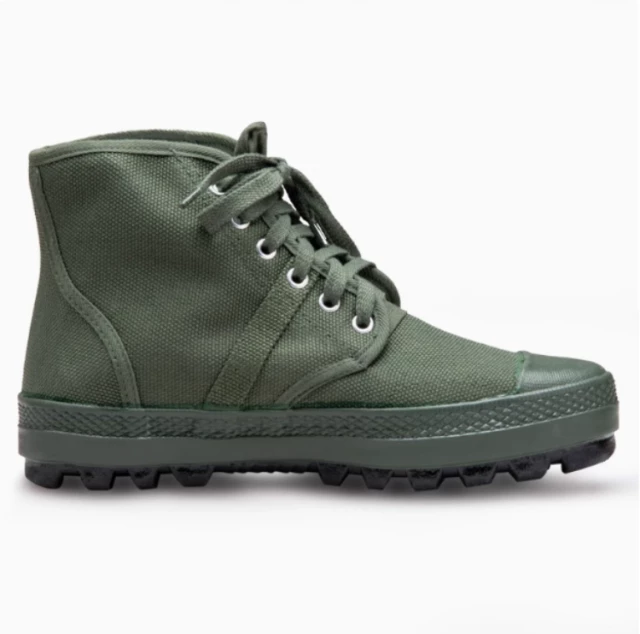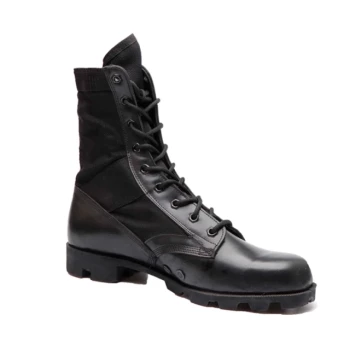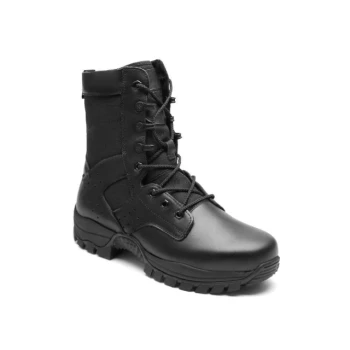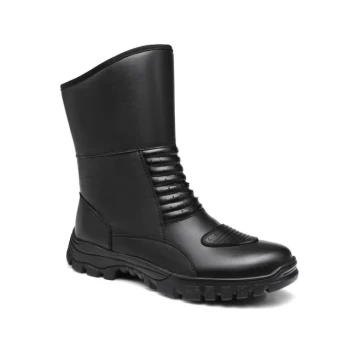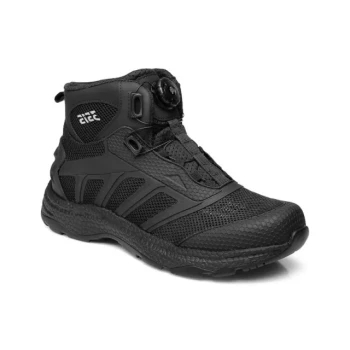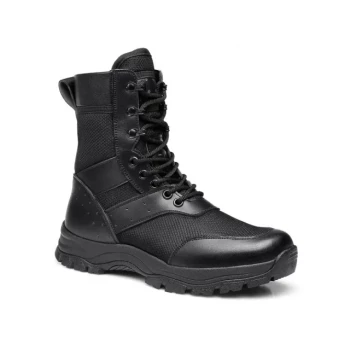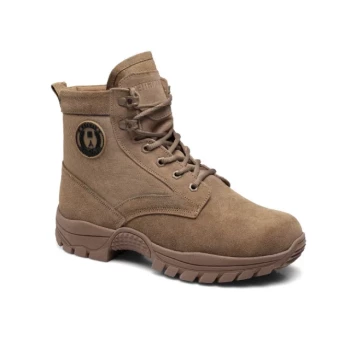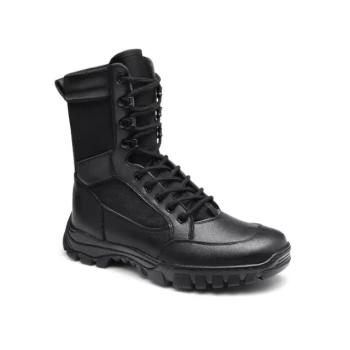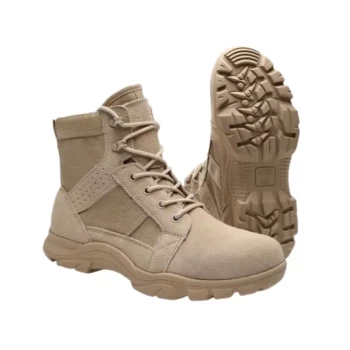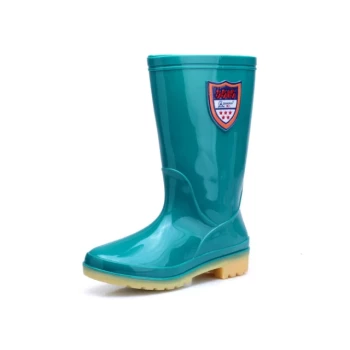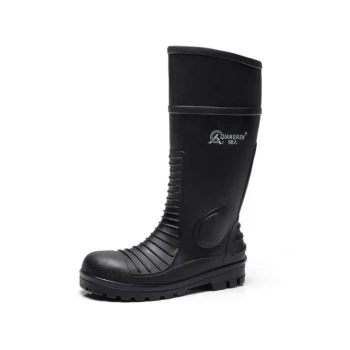Camouflage patterns have transcended their military origins to become one of fashion's most provocative storytelling tools. This article explores how designers and subcultures repurposed wartime symbolism to challenge power structures, redefine visibility, and critique consumerism—all through the disruptive language of disrupted patterns.
Camouflage as a Cultural Canvas
What began as battlefield deception now serves as a mirror reflecting society's evolving tensions. Fashion's adoption of camouflage reveals a fascinating paradox: a pattern designed to conceal became the ultimate medium for self-expression.
Dazzle Patterns and Wartime Irony: Fashion’s Paradoxical Embrace
The earliest fashion flirtation with camouflage emerged from World War I's "dazzle" ship camouflage—bold geometric patterns meant to confuse rather than conceal. Designers in the 1960s recognized the visual tension:
- Disruptive Aesthetics: The very patterns that scrambled enemy perception became shorthand for challenging societal norms
- Anti-War Statements: Vietnam War protesters wore surplus military gear as ironic commentary on state violence
- Gender Subversion: When Yves Saint Laurent introduced camouflage in 1968, militarized femininity became a radical concept
This appropriation transformed camouflage from a tool of warfare into a symbol of resistance—where wearing the "enemy's" uniform became an act of defiance.
Pop Art’s Subversive Reimagining: Camouflage as Anti-War Commentary
Andy Warhol's 1986 camouflage series epitomized the pattern's cultural repurposing. By rendering military patterns in neon pink and electric blue, he:
- Stripped camouflage of its lethal context
- Highlighted how mass media aestheticizes violence
- Predicted fashion's tendency to commodify rebellion
Street artists like Banksy later extended this tradition, using camouflage motifs to critique surveillance culture—proving the pattern's enduring power as societal Rorschach test.
Streetwear’s Weaponized Aesthetic: Hip-Hop and the Politics of Visibility
Urban communities reclaimed camouflage during hip-hop's golden age, creating what scholars call "semiotic warfare":
- 90s Streetwear: Brands like FUBU used camouflage to assert visibility for marginalized groups
- Gang Culture: Localized adaptations (e.g., LA's Chicano camo) created coded neighborhood identifiers
- Mainstream Backlash: When department stores sold diluted versions, it sparked debates about authentic cultural ownership
This era proved camouflage could simultaneously signal belonging and exclusion—a tension still explored in contemporary streetwear collaborations.
Luxury’s Co-Optation: Camouflage in High Fashion and Capitalist Critique
Luxury brands accelerated camouflage's symbolic evolution through deliberate juxtapositions:
| Designer | Subversion Tactic | Cultural Impact |
|---|---|---|
| Versace (1990s) | Printed camo on silk dresses | Challenged militarized masculinity |
| Louis Vuitton (2000s) | Monogram-embedded camo | Exposed luxury's predatory appropriation |
| Balmain (2010s) | $2,000 camo jackets | Highlighted fashion's class warfare |
The pattern's journey from army surplus to runway status reveals fashion's complex relationship with protest aesthetics—where even anti-establishment symbols eventually feed the machine they once opposed.
Why Camouflage Still Captivates
Every camouflage garment worn today carries layered meanings:
- A nod to historical resistance movements
- A question about personal visibility in digital surveillance states
- A paradox about "standing out by blending in"
For bulk footwear buyers and distributors like those partnering with 3515, understanding these cultural narratives allows for smarter product positioning—whether creating authentic streetwear collaborations or avoiding tone-deaf militarized fashion.
Ready to design footwear that resonates with cultural movements? 3515's manufacturing expertise helps brands transform symbolic patterns into wearable statements—connect with our team to develop collections with historical context and contemporary relevance.
Related Products
- Durable Military Combat Boots with Water Drainage for Wholesale & OEM
- Durable Leather Tactical Boots Wholesale & Custom Manufacturing for Brands
- Wholesale Tactical Boots High-Traction & Reflective for Bulk & Brand Orders
- Wholesale Lightweight Tactical Boots with Dial Closure OEM & Bulk Orders
- Durable Leather High-Ankle Tactical Boots for Wholesale & Custom Manufacturing
Related Articles
- How Tactical Boots Solve Real-World Challenges: From Work Sites to Wilderness
- How Tactical Boots Solve Critical Challenges in Law Enforcement Operations
- How to Choose Tactical Boots That Match Your Law Enforcement Needs
- How Tactical Boots Deliver Long-Term Value: A Cost & Performance Breakdown
- How to Verify Tactical Boot Reliability for Life-Saving Performance
